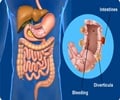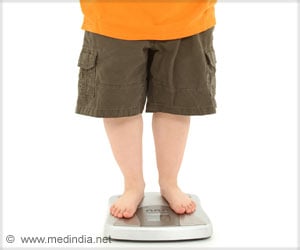
‘4.5 million US children and adolescents have severe obesity and the rising trend seems to be the same without any improvement.’
Tweet it Now
"Despite some other recent reports, we found no indication of a decline in obesity prevalence in the United States in any group of children aged two through 19," said lead author Asheley Skinner, an associate professor at Duke University's Clinical Research Institute. "This is particularly true with severe obesity, which remains high, especially among adolescents."
The findings are based on an analysis of data from the National Health and Nutritional Examination Survey.
The rates documented in 2013-2014 "were not statistically different than those from the previous reporting period of 2011-2012," said the report.
Meanwhile, the prevalence of severe obesity -- meaning the ratio of height and weight that makes up the ratio known as body mass index (BMI) was 35 or greater -- rose among overweight youth.
Advertisement
"Another 2.4 percent of those had severe obesity, defined as class III, which was consistent with an adult BMI of 40 or more," compared with 2.1 percent in the earlier report.
Advertisement
"Studies have repeatedly shown that obesity in childhood is associated with worse health and shortened lifespans as adults."
Obesity among adults is also high in the United States. More than one-third (34.9 percent or 78.6 million) of US adults are obese, according to the US Centers for Disease Control and Prevention.
Source-AFP















